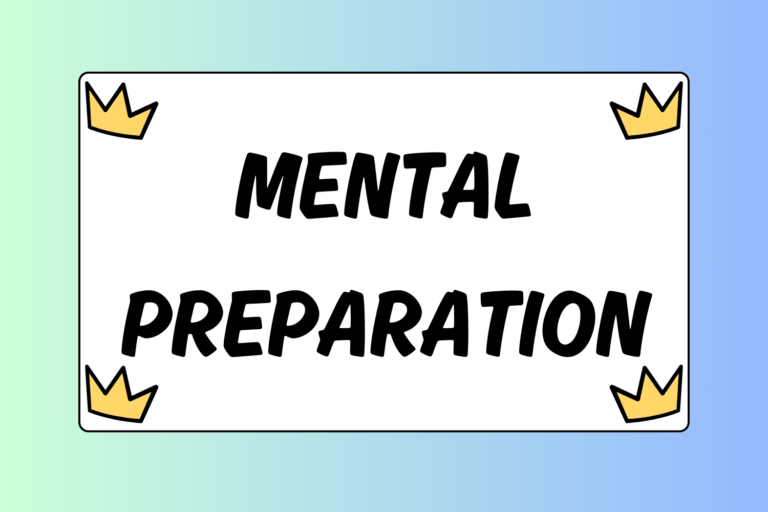One of the most beneficial tools a wrestler can use to take his ability to the next level is a wrestling journal. Although you may know it by a different name — a log or notebook — a wrestling journal is essentially a collection of various written exercises that can be used to improve your overall abilities. Below you will find the most common uses of a wrestling journal to give you an idea of how to start your own.
Technique Encyclopedia
In order to compete at the highest level of wrestling, it’s necessary to have an extensive amount of technical knowledge. Although you do not need to know thousands of moves, you should have a well-rounded set of techniques in your arsenal that you know well. The best way to keep track of your skills is to record the techniques you learn in your journal.
It is as easy to forget the details of a new technique as it is for an old one. To improve your technical skills at the right pace, then, it is critical that you record everything you know about a specific technique immediately after you learn it — in the locker room after practice or when you get home.
When recording new techniques, there are certain details you should always make sure to include:
- Set-ups and/or finishes that accompany the technique
- Specific body movements or positions you have trouble remembering
- How the move can be used while chain wrestling
- Areas that you need to focus on or improve in
- Strategies of when and how to use the technique
In addition to recording newly acquired techniques, it is also beneficial to jot down an entire list of techniques that you already know and use. Being able to see the key points of a technique on paper will help you keep them in mind when performing them, and it will improve your overall ability to learn and implement new moves.
Hot Tip: Valuable Camp Item
If you’re attending a wrestling camp, it is a good idea to bring your journal along with you. Having it with you will allow you to record all of the new techniques you learn so you can use them in the next season!
Setting Goals
Another important writing exercise that will help you achieve success is setting goals. Writing down both short-term and long-term goals in your journal will keep them fresh in your mind. It also gives you easy access to reference them on a daily basis.
For more information on the process of setting goals, check out our guide, How to Set Wrestling Goals.
Nutrition Log
If you are a wrestler dedicated to making a specific weight class, or if you just want to lose weight and decrease your body fat, you should absolutely include a nutrition log section in your journal. In this section, you can record everything and anything about your diet:
- Pre-planned meals
- Daily caloric intake
- Daily liquid intake
- Percentage of body fat
- Weight
Serious wrestlers take a systematic approach to how they fuel their bodies. Keeping a nutrition log will help you recognize patterns of when and how you eat. Doing so will also help you lose weight at the right pace. Make sure that you are accurate and specific when updating this section — include the time of day you weighed yourself, how many grams of sodium you consumed, etc.
Being specific will allow you to relate your performance to your diet, and it will also give you the ability to make easy adjustments to your daily routine so you can perform at the highest level possible.
Mental Edge
Your wrestling journal is also an excellent place to record your thoughts and feelings, much like a traditional journal or diary. Doing so will help you identify any “mental roadblocks” you may have during competition, such as reoccurring negative thoughts or distractions that may hinder your performance. It will also help you recognize positive patterns in your daily routine, as well. Whatever you use it for, the more personal section of your wrestling journal will help you become more self-aware, improving how you approach the sport from a mental point of view.
Training Log
Along the same lines as setting goals, a training log is also beneficial in measuring and improving the performance of a specific task or workout. Here you can track virtually any exercise to gauge improvement. Recording your training will also make you accountable for the amount of effort you give. In the sections to follow, you will find the most common uses of the training log.
Running
Keeping an ongoing chart of the types of running workouts you perform, and the timing of each, will help you improve your overall conditioning. Wrestlers typically record the finishing times of 100-yard sprints, half-mile distance runs, etc.
Weight Training
Recording your progress in a weight training program is also critical to building strength and endurance. Not only will keeping a log help you remember the different workouts you need to perform, but it also allows you to easily gauge your progress. Record the amount of weight you use for each specific exercise, and how many repetitions you completed. This is beneficial for any type of exercise, whether it’s a bodyweight exercise or one you complete with free weights.
Make It Unique
You should now understand why keeping a wrestling journal is so important to succeed. If you take wrestling seriously, you should be carrying a journal with you wherever you go. Don’t limit yourself to the only use the methods mentioned in this guide; make your journal unique to what you need as a wrestler. Doing so will help you improve as a wrestler, and as a person. Now grab a notebook and get started!





